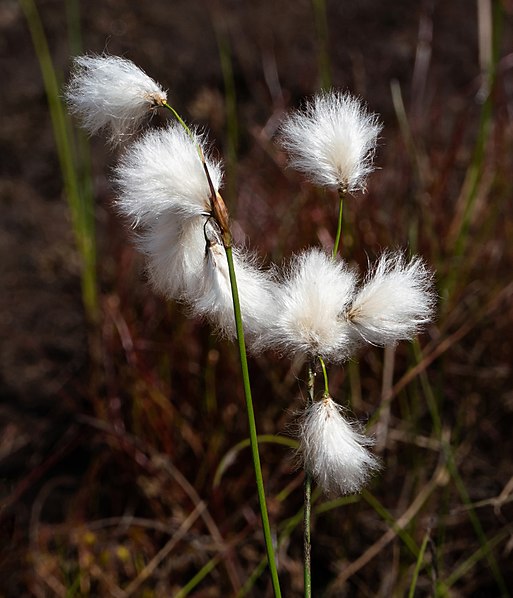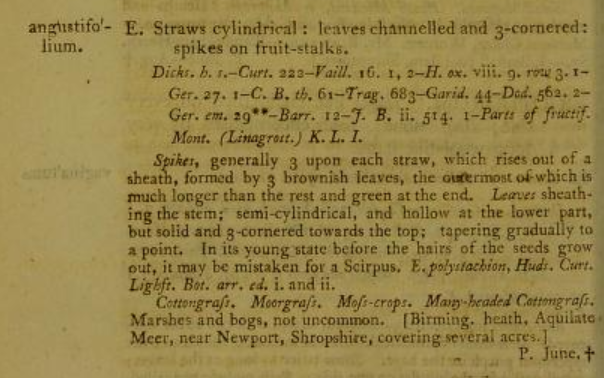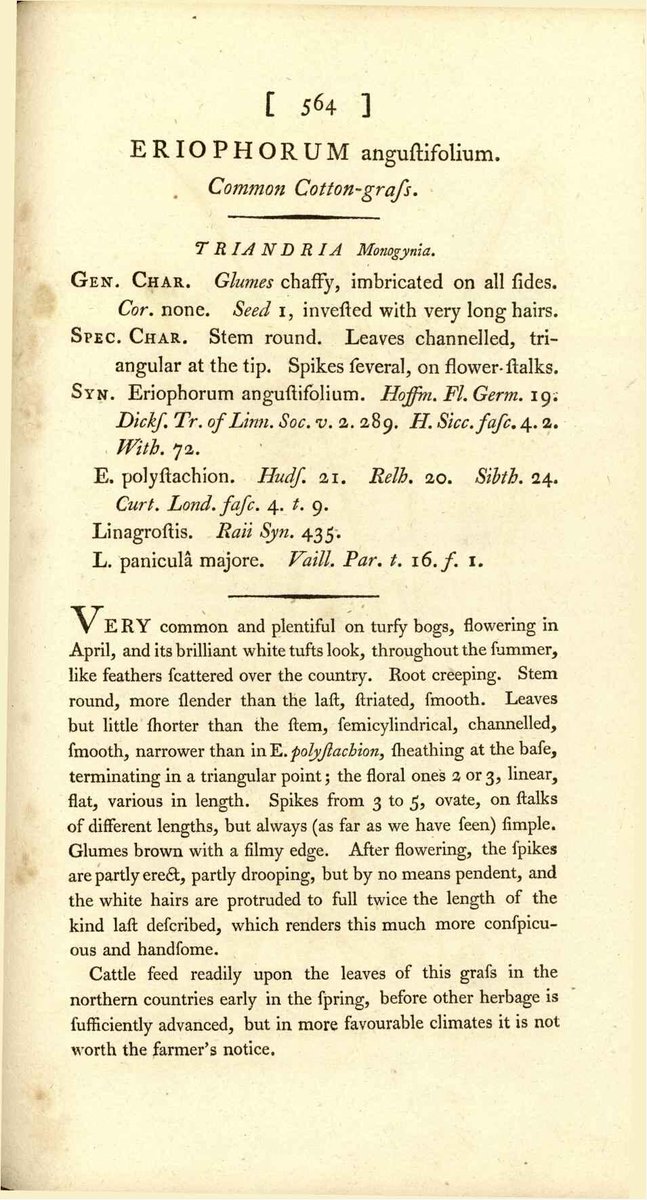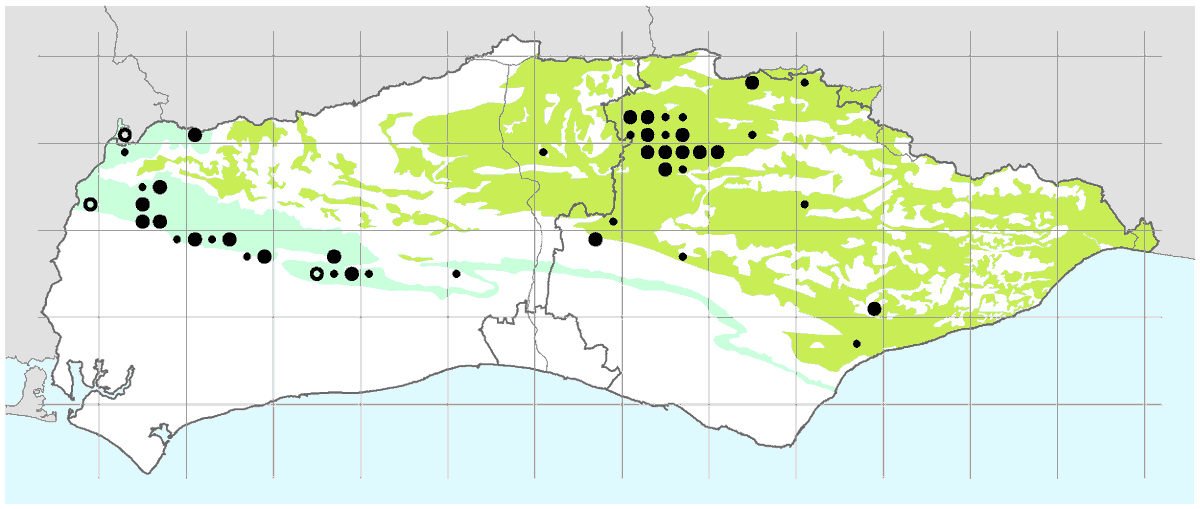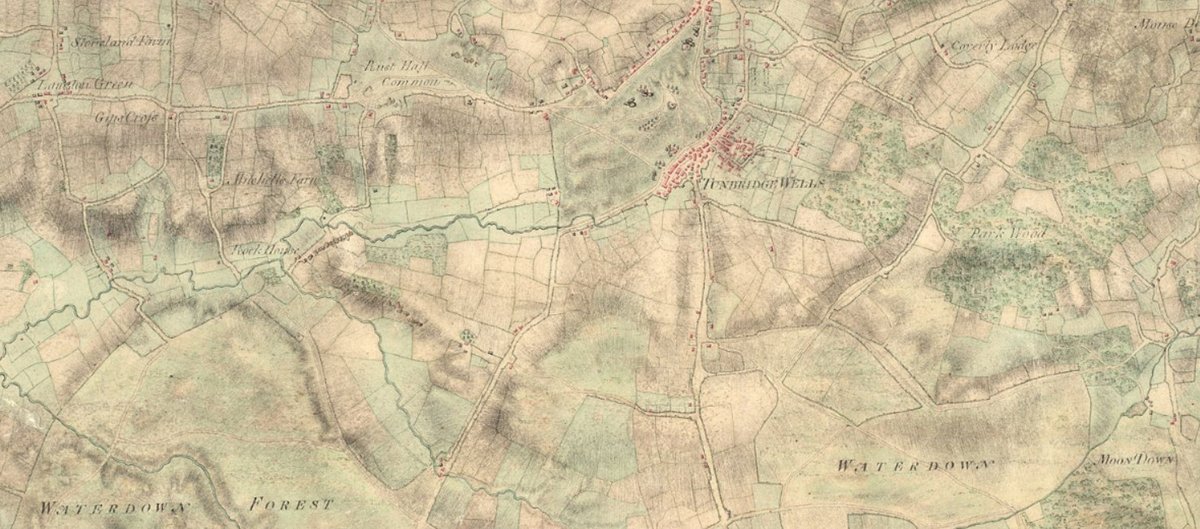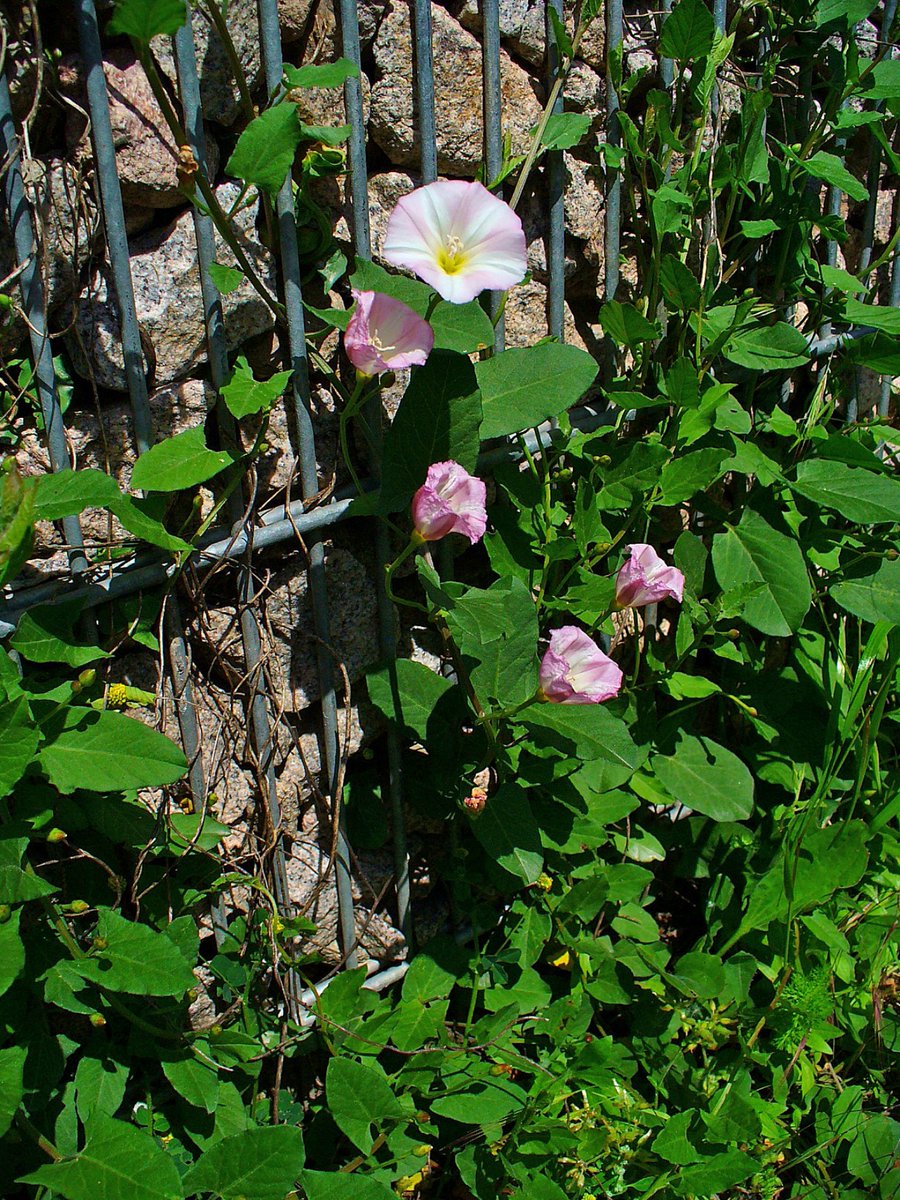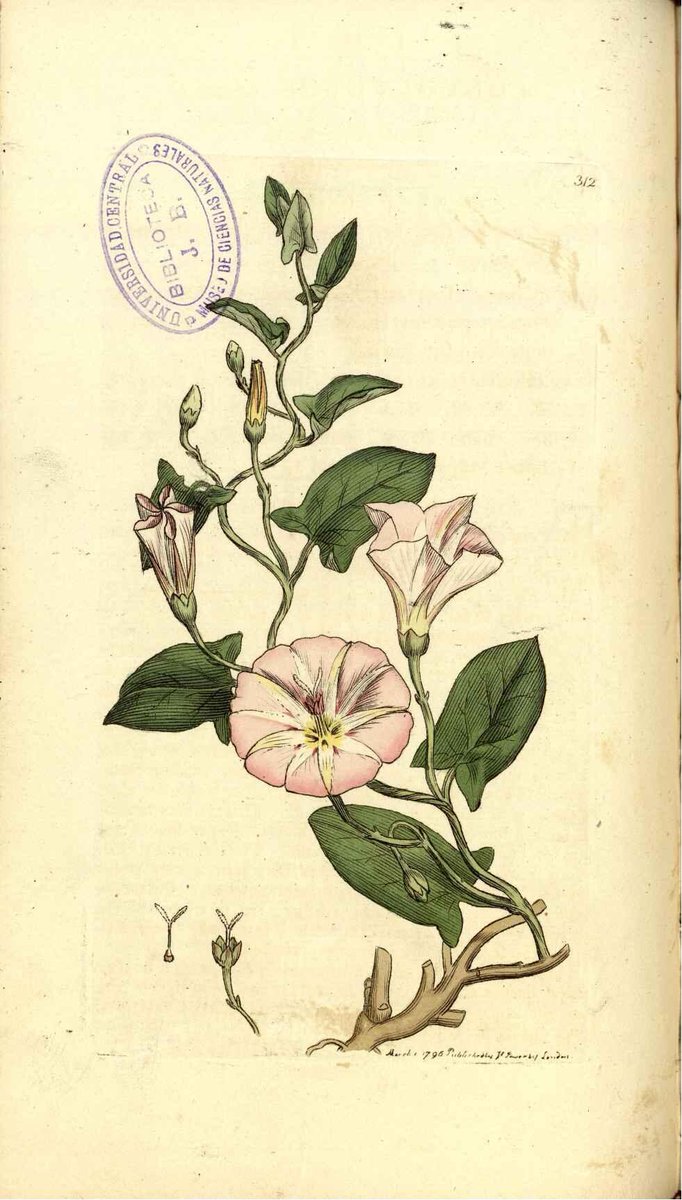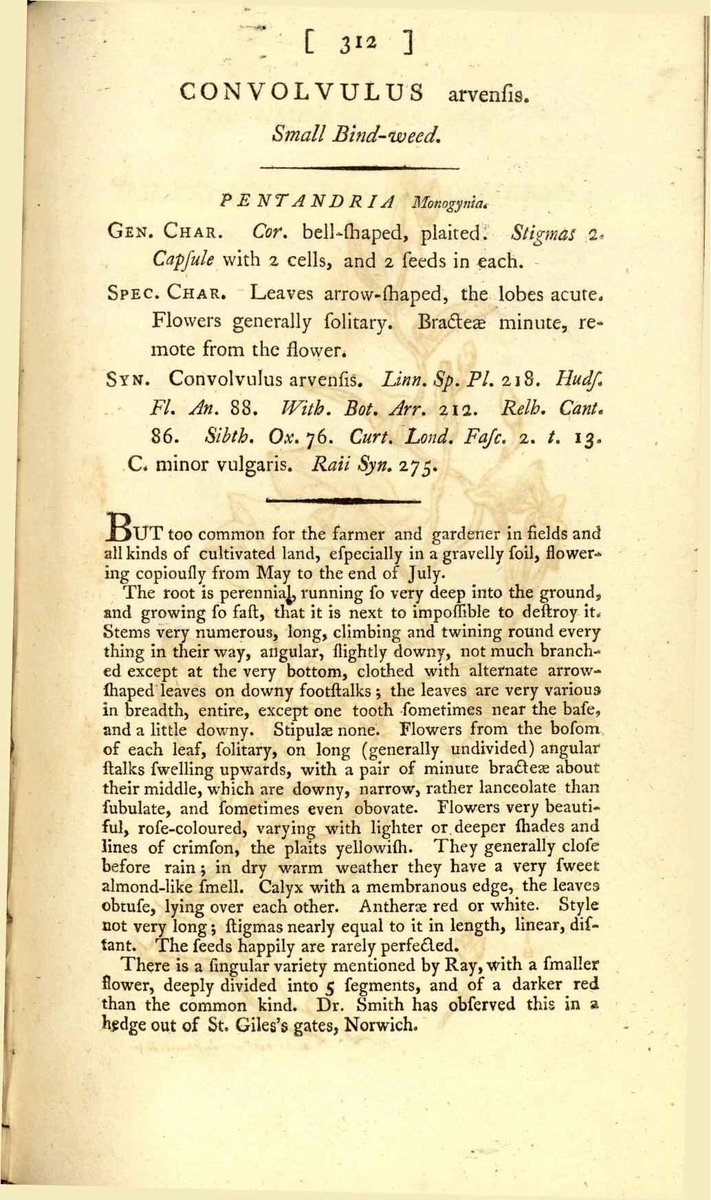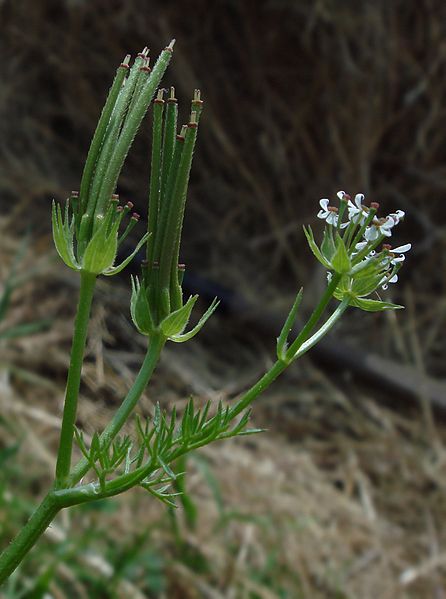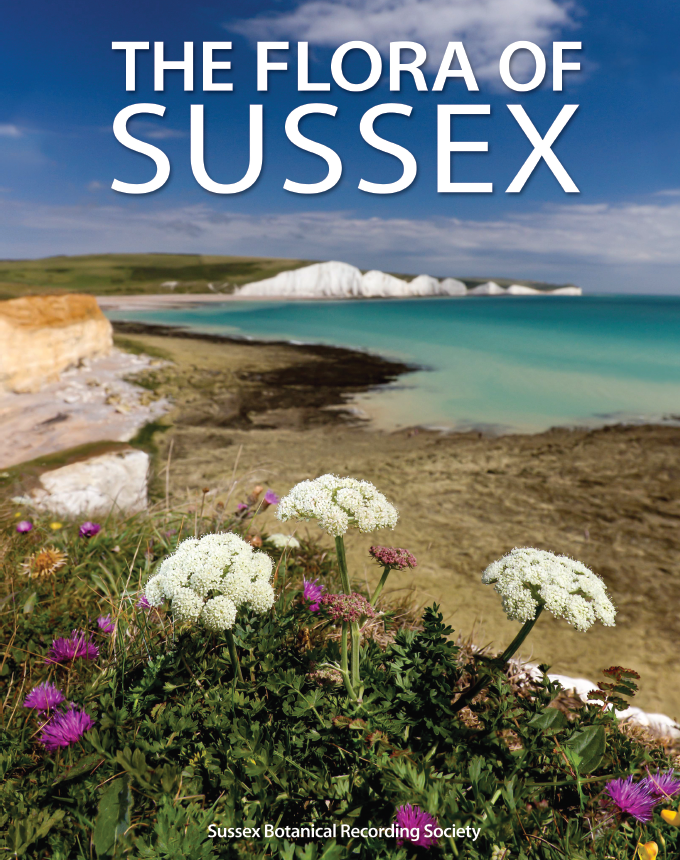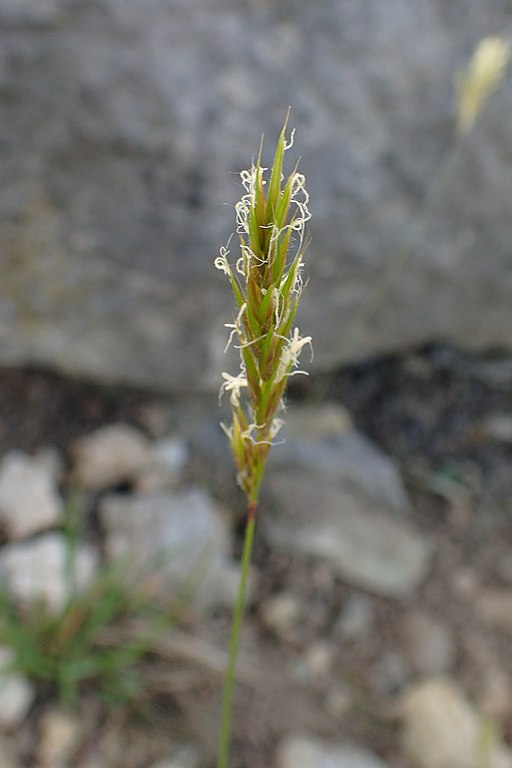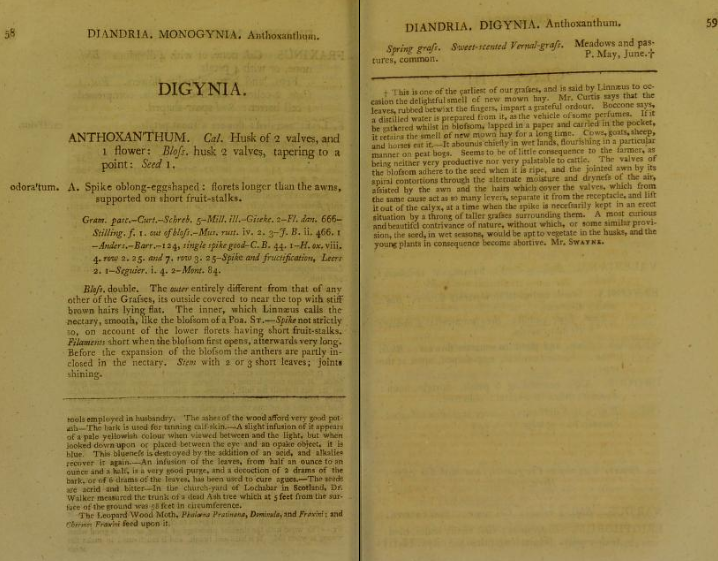After working with @Godwin_lives on some letters of Charlotte Smith, I have started to explore the poet& #39;s floristic universe; this thread annotates a section from Flora (1804, 1807) to understand how/where might she have known the plants she mentions 1/13 https://www.euppublishing.com/doi/abs/10.3366/rom.2020.0443">https://www.euppublishing.com/doi/abs/1...
"The Saxifrage". A montane plant, found in the north and west of Britain, which CS would not have seen in the wild, though it was "Cultivated in gardens as an edging for borders" (Withering, 1796, p. 407). Both common names cited by CS are from Withering. 2/13
"the mural moss" is surely Bryum murale (Withering, 1796, p. 811), now Tortula muralis Hedw., a very common moss on walls. Its mature capsules are long and purplish, borne on a purple seta (stalk). 3/13
"Cypripedium": Cypripedium calceolus L. (Lady& #39;s-slipper), an obvious choice for CS in this context. She knew of English Botany, in which this was the first plate in the first volume. 4/13
Withering (1796, p. 43) describes it as "rather rare", giving locations in Yorkshire and Lancashire, and quotes Thomas Woodward, who observed "I searched for it in vain in Helk& #39;s Wood [Yorkshire], a gardener of Ingleton having eradicated every plant for sale." 5/13
Unsurprisingly, the New Atlas of the British and Irish Flora notes that "This species suffered many losses due to collecting, mostly during the 19th century. The single native colony is heavily protected" (Preston et al., 2003). 6/13 https://www.brc.ac.uk/plantatlas/plant/cypripedium-calceolus">https://www.brc.ac.uk/plantatla...
"tufted rush": Commonly known as Cottongrass, a plant of marshes and bogs (Withering, 1796, p. 72), and James Edward Smith wrote that "its brilliant white tufts look, throughout the summer, like feathers scattered over the country" (Sowerby & Smith, 1799, tab. 564). 7/13
Never common in Sussex, there were (and still are) several sites near Bignor Park where CS could have seen this plant, such as Sparrite bog near Greatham, on the Greensand only 5 miles east of Bignor. 8/13 https://www.brc.ac.uk/plantatlas/plant/eriophorum-angustifolium">https://www.brc.ac.uk/plantatla...
It was also known on what was the great Waterdown Forest south of Tunbridge Wells, and can still be found on Ashdown Forest, both of which CS is likely to have visited. 9/13
"convolvuli": Convolvulus arvensis, a very common trailing plant of scrub, hedges and waste ground. 10/13 https://www.brc.ac.uk/plantatlas/plant/convolvulus-arvensis">https://www.brc.ac.uk/plantatla...
James Edward Smith described the "Flowers very beautiful, rose-coloured, varying with lighter or deeper shades and lines of crimson, the plaits yellowish" and Sowerby& #39;s illustration perfectly captures the "wreathing buds" (Sowerby & Smith, 1796, tab. 312). 11/13
"Scandix": S. pecten-veneris L., the specific name of which means Venus& #39; comb, the long beaks of its fruits measuring up to 7 cm long. Once very common on arable and the chalk in Sussex and would have been familiar to CS, it is now very scarce (Abraham et al., 2018). 12/13
"Anthoxanthum": A very common grass of meadows and (in CS& #39;s day) pastures. Withering quotes Swayne that "it is said by Linnaeus to occasion the delightful smell of new mown hay" (1796, p. 59). 13/13 https://www.brc.ac.uk/plantatlas/plant/anthoxanthum-odoratum">https://www.brc.ac.uk/plantatla...
Pictures from Wikimedia, @BioDivLibrary, Sussex map from The Flora of Sussex

 Read on Twitter
Read on Twitter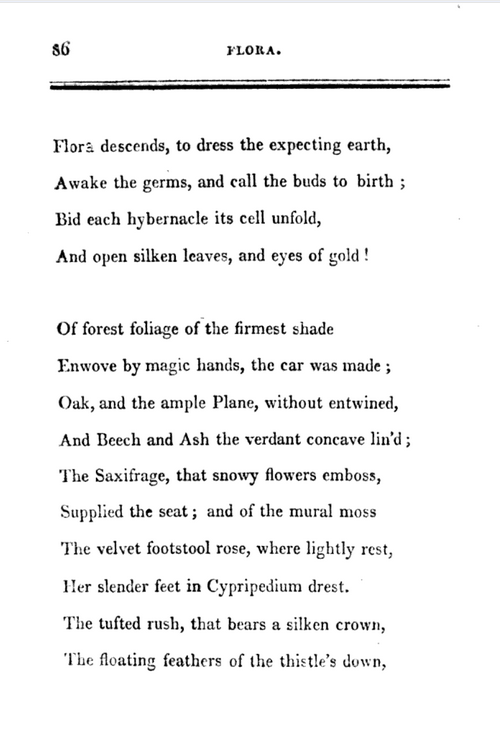
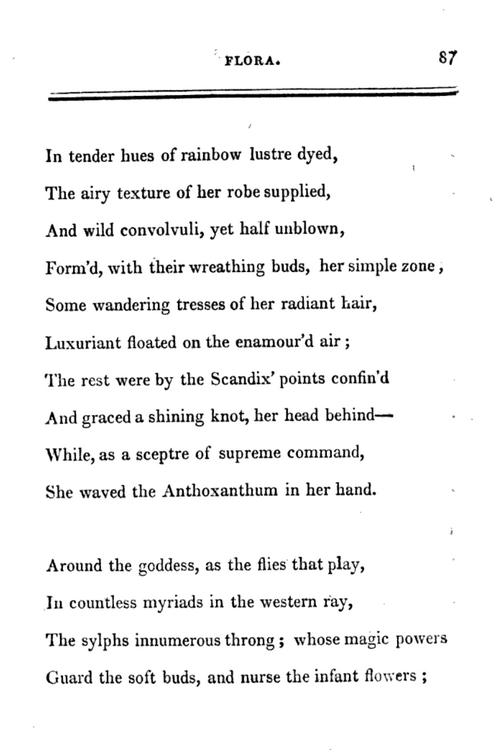
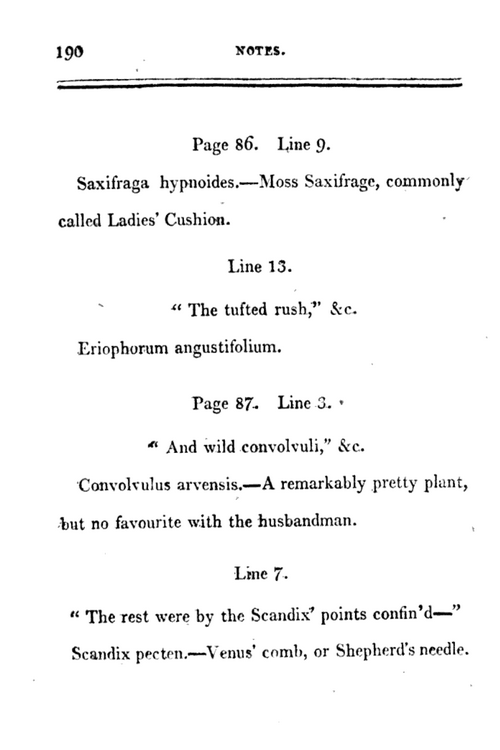
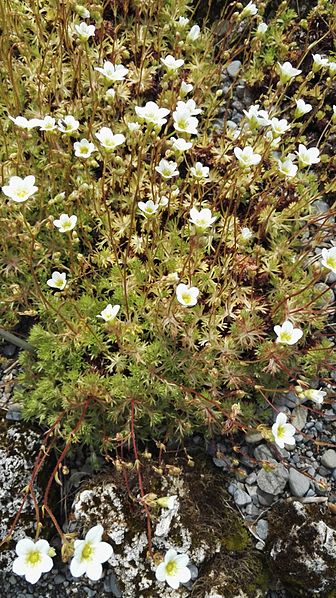
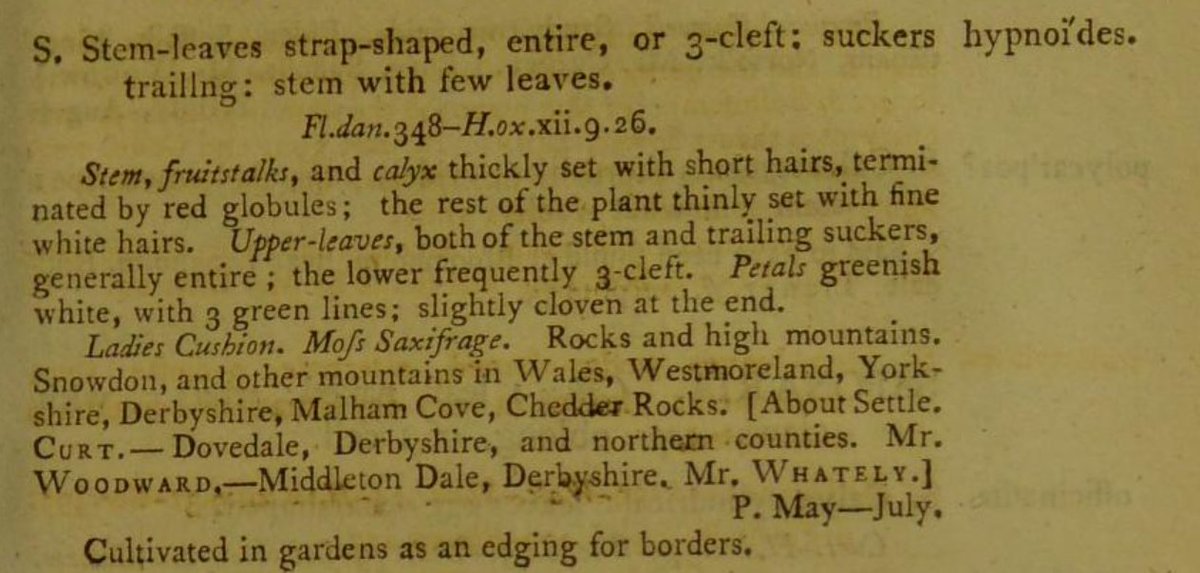
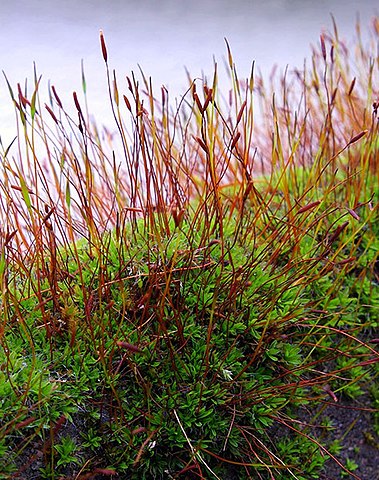
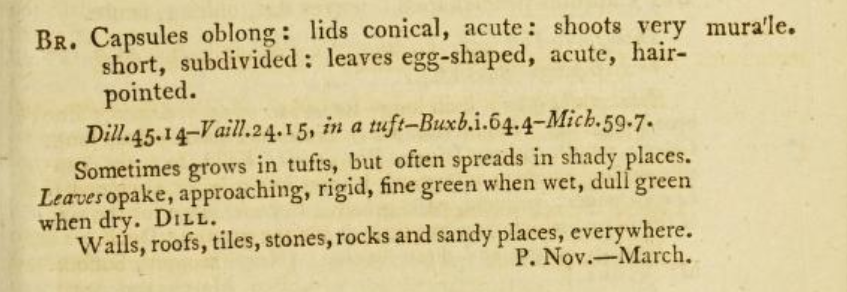
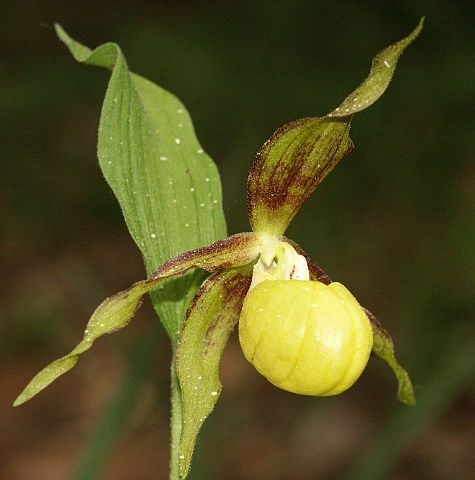
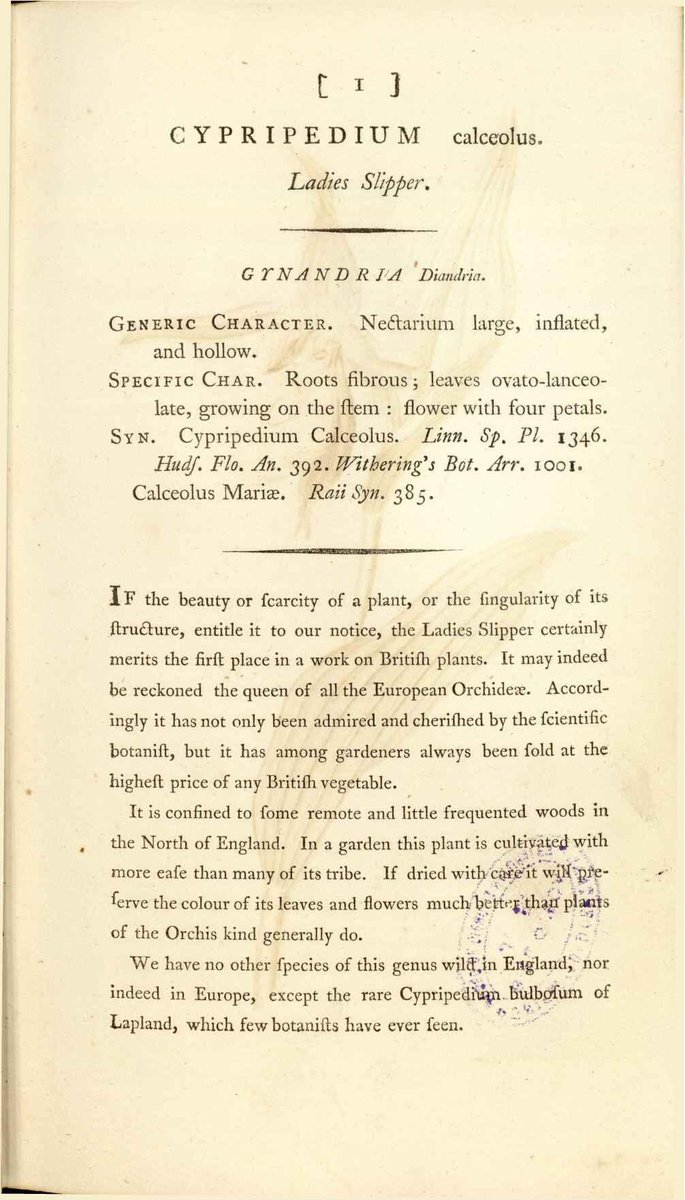
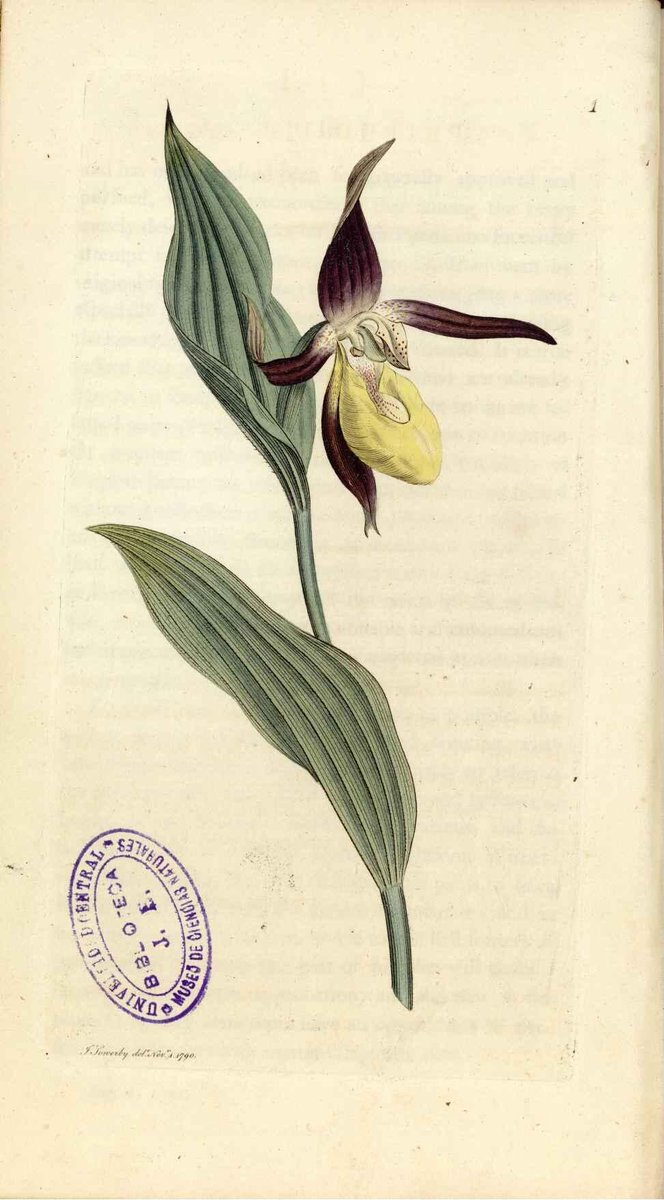
![Withering (1796, p. 43) describes it as "rather rare", giving locations in Yorkshire and Lancashire, and quotes Thomas Woodward, who observed "I searched for it in vain in Helk& #39;s Wood [Yorkshire], a gardener of Ingleton having eradicated every plant for sale." 5/13 Withering (1796, p. 43) describes it as "rather rare", giving locations in Yorkshire and Lancashire, and quotes Thomas Woodward, who observed "I searched for it in vain in Helk& #39;s Wood [Yorkshire], a gardener of Ingleton having eradicated every plant for sale." 5/13](https://pbs.twimg.com/media/EYn00f1X0AApde4.jpg)
